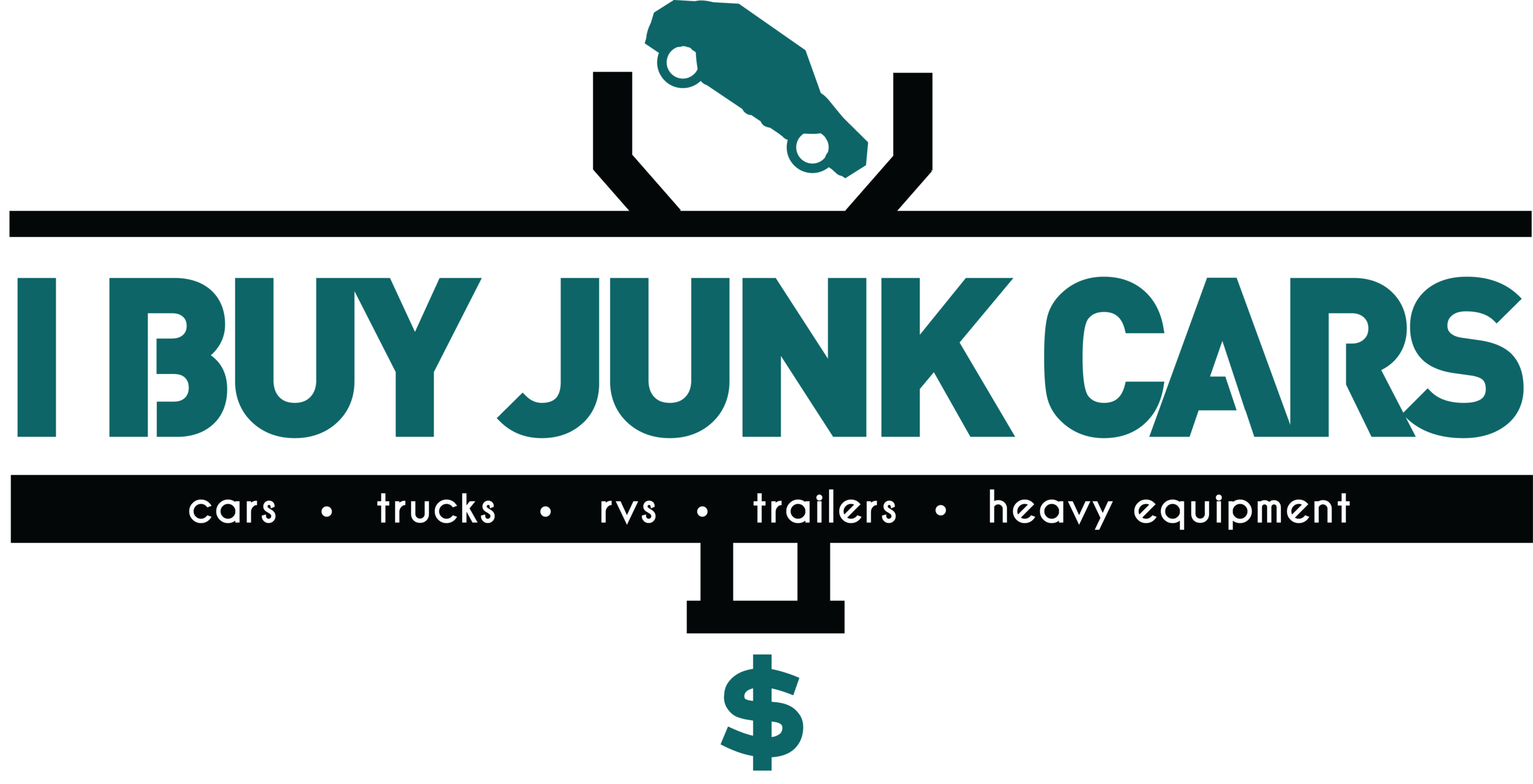Understanding the Kelley Blue Book Guide
The Kelley Blue Book is a guide containing the values of new and used vehicles.
The Kelley Blue Book is a guide containing the values of new and used vehicles. While primarily known for cars, this guide also covers motorcycles, snowmobiles, and personal watercraft values. The Blue Book has become a standard within the U.S. auto industry since its first issue in 1926. A new edition comes out each year.
Let's explore the Kelley Blue Book and how this guide calculates vehicle values.
Why is the guide called the Kelley Blue Book?
Kelley Kar Company published the first issue of the guide in 1926, naming it after its signature blue cover. Nowadays, the guide is frequently referred to as the Blue Book.
Why do car owners need the Kelley Blue Book?
According to the Kelley Blue Book, car owners interested in selling their vehicle can significantly benefit from knowing its value. The same goes for people who want to buy a car. The guide provides an objective measure of the car's value and a basis for initial negotiations. The value depends on whether the seller plans to trade the vehicle to a dealer or sell it privately.
What type of values does the Kelley Blue Book include?
The Blue Book contains three different types of values:
The trade-in value: the price a seller can expect from a dealer for a used car.
The private party value: the price a buyer should expect to pay for a used car from a private individual.
The retail value: the price a buyer can expect to pay at the dealer.
When it comes to new vehicles, prospective buyers and sellers can also find three values on the Kelley Blue Book website:
The manufacturer sets the suggested retail price. Depending on the local market, the dealer can choose to go above or beyond this price.
The invoice price is the price the dealer pays the manufacturer for a new car.
The Kelley Blue Book Fair Purchase Price is determined by the amount buyers pay for a car across the U.S.
How does the Kelley Blue Book calculate the vehicle values?
When calculating the vehicle values, the Blue Book considers various factors, including:
The vehicle's body style
The vehicle's production year
Transmission type
Engine size
The vehicle's general condition
Custom options and details
Mileage
Generally speaking, the value of most vehicles decreases at a rate of 15% to 20% each year. However, due to higher demand, certain vehicles keep their value better than others. The Blue Book also demonstrates which vehicles will retain their value better in the long run.
What to do with cars that have lost their value
Sellers whose cars have depreciated to their scrap value should consider selling them to a junk car business. This option allows them to make money, even if the car is wrecked.
If you are in the Phoenix Metro area and want a no-hassle cash quote for an old, wrecked, unwanted, salvage or burned car, SUV, van or truck, give us a call at I Buy Junk Cars. 480-771-8290.

